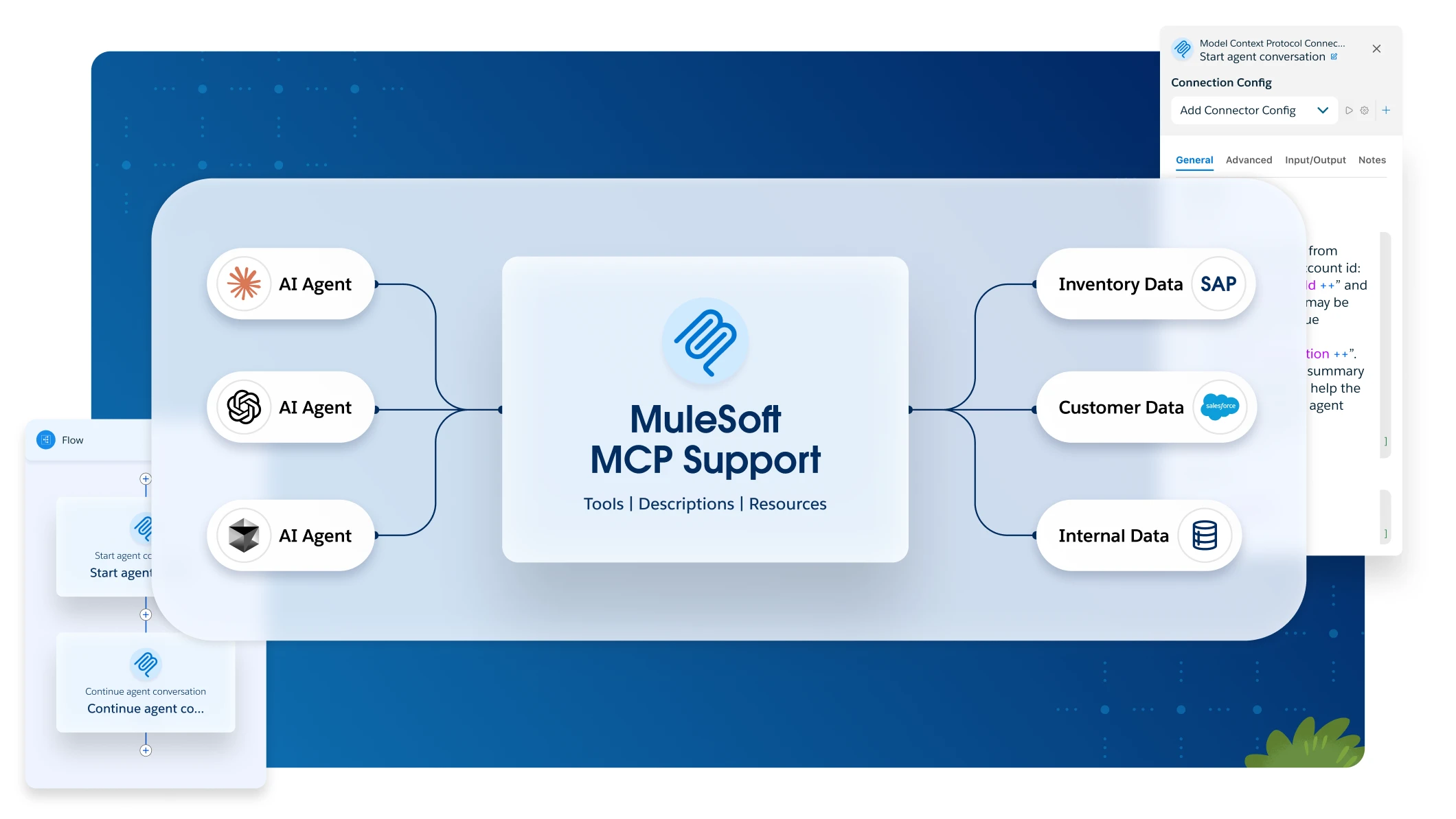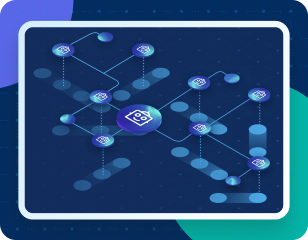In every industry, businesses deal with rapidly increasing customer expectations. Seamless interactions are now the standard for customers; thus, organizations must find ways to navigate the increasing complexity of modern B2B partner ecosystems to deliver on this expectation.
A critical component of this is the need for agility in their B2B operations. It’s no longer just about moving physical goods; rather, it’s about creating a connected and composable system that helps data flow seamlessly between partners.
By incorporating automated integrations, this frictionless idea can be made possible for streamlining operations and enabling better decision-making and efficiency.
Common challenges supply chains face
With supply chains becoming more complex, organizations must manage a web of relationships beyond simple transactions. From orders and inventory to shipment logistics and payment processing, each part of the process must be integrated into a single system.
However, legacy technologies and disconnected systems make it difficult to meet these demands.
Supply chains face significant challenges that slow operations, increase costs, and make scaling difficult. Some of the biggest roadblocks include:
- Operational complexity and downtime
- Limited IT resources
- Lack of visibility and security risks
- Siloed systems that hinder innovation
Many legacy systems were simply not built to integrate easily with others. As is the case with many legacy infrastructures, organizations find that their system is not compatible or able to easily integrate with modern technology.
Often, IT teams depend on custom coding and complex workarounds, which can be both expensive and time-consuming.
To overcome these hurdles, organizations need a unified, scalable, and compliant platform that enables seamless integrations across their entire partner ecosystem. That’s where automated B2B integrations come in.
Automating B2B integrations for a modern supply chain
A critical part of a modern supply chain is automated B2B integration – a system allowing businesses to exchange essential data, such as orders and invoices, without human intervention.
Traditionally, Electronic Data Interchange (EDI) has been the standard for these transactions, offering a structured way for companies to exchange documents efficiently. Another approach is using APIs, which provide real-time connectivity and greater flexibility.
Unlike EDI, APIs allow businesses to exchange data using various formats, making integrations faster and easier to manage. While EDI still plays a major role in B2B transactions – accounting for 75% of digital B2B sales – the future lies in using EDI and APIs together to create a hybrid integration strategy that balances reliability with agility.
The power of a hybrid EDI and API strategy
It’s not a question of replacing one with the other; it’s about leveraging the strengths of both. EDI remains the bedrock for high-volume, standardized exchanges like purchase orders, invoices, and advance ship notices. Its reliability and deep-rooted presence in global supply chains make it indispensable for core back-office operations.
APIs provide the real-time agility needed for modern, customer-facing interactions. They excel at powering e-commerce portals with live inventory data, enabling mobile applications with instant order status updates, and connecting to a diverse range of cloud-based services. This allows businesses to innovate quickly and meet customer demands for immediate information.
The true power is unlocked when these two technologies work in concert.
For example, a customer can check real-time product availability on a retailer’s website – a request fulfilled by a fast, lightweight API call to a supplier’s inventory system. Once the purchase is made, the retailer’s ERP system can automatically trigger a traditional EDI purchase order to the supplier for replenishment.
This hybrid flow ensures a seamless experience on the front end while maintaining robust, standardized communication on the back end. This synergy allows companies to modernize without disrupting the foundational processes that keep their supply chains running.
Simplifying B2B integrations with Anypoint Partner Manager
MuleSoft’s Anypoint Partner Manager is a cloud-native, low-code integration tool designed to streamline partner onboarding and manage B2B transactions using both EDI and API-based integrations. Unlike traditional IT-heavy solutions, it’s not just for developers – it also empowers business teams with low code and an intuitive interface that simplifies managing integrations.
Configuration-driven partner onboarding
One of the biggest pain points in B2B relationships is the slow and cumbersome partner onboarding process. With configuration-driven onboarding, Anypoint Partner Manager removes the need for complex custom coding, replacing it with simple, click-based configuration tools.
This approach dramatically reduces onboarding time and ensures that partners can start exchanging data quickly. Businesses benefit from:
- Faster time-to-market with quick partner enablement
- Improved efficiency by reducing manual effort and errors
- Stronger relationships by providing a seamless onboarding experience
- Lower costs due to reduced development time and complexity
Future-proofing your B2B integrations
From automating procure-to-pay processes to ensure seamless inventory replenishment in manufacturing to managing vendor services and supply orders more efficiently with integrated platforms, Anypoint Partner Manager helps you achieve full visibility, automate transactions, and strengthen partnerships. And this is achieved all while simplifying complex B2B integrations.
As supply chains evolve, businesses need a flexible, future-ready integration strategy. By leveraging a hybrid model that combines EDI’s reliability with APIs’ agility, companies can create a composable B2B partner ecosystem that adapts to new challenges and opportunities.
So whether you’re looking to optimize your order management process or unlock AI-powered automation, MuleSoft’s platform provides the tools to make it happen.Explore how you can transform your supply chain integrations more deeply.
Download the whitepaper to explore more strategies, real-world examples, and expert insights on building a scalable, future-ready partner ecosystem.









